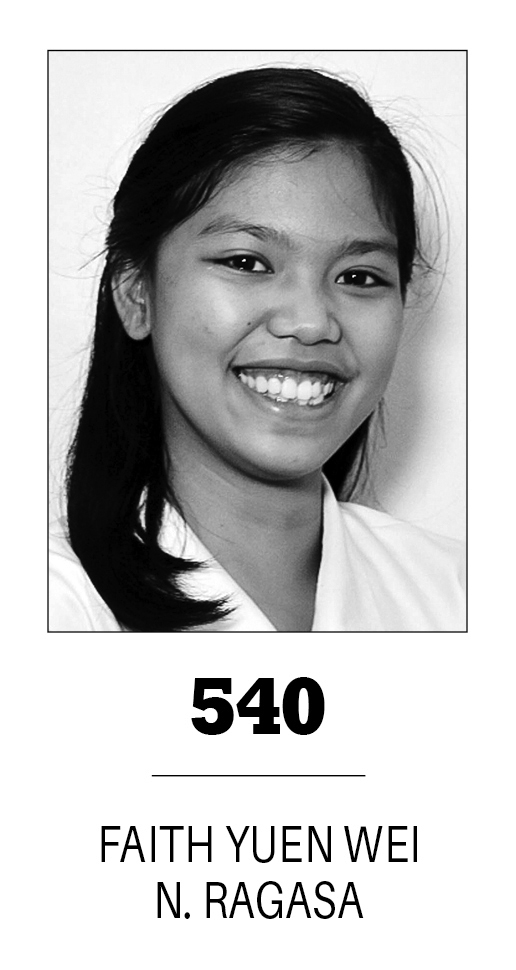FAIRNESS is a subjective word.
Could a rule or decision be fair even if it were proven to be unfair to others?
This question is raised when tackling the issue on allowing transwomen athletes to compete in women’s sports. Declaring that transwomen are allowed to compete in women’s division shows the openness of a society where the idea of inclusivity to all groups are accepted.
In 2003, the International Olympic Committee (IOC) granted the participation of athletes who went through sex re-assignment and gave way to the possibility of transgender athletes competing in the Olympics the following year.
This rule acknowledged the reality that transwomen have rights to identify themselves as women and join in the category of their identity.
The IOC decided to modify the guidelines in 2015 to a more detailed standard, stating that transgender athletes who wish to compete should have testosterone levels kept below 10 nanomoles per liter (nmol/l) for at least 12 months.
After this, transgender athletes who did qualify under similar guidelines competed in the women’s division of their respective sports.
In 2018, Rachel McKinnon, now known as Veronica Ivy, became the first trans woman world track cycling champion of the Women’s Masters Track Word Championships.
Years before, several transwomen athletes were competing and excelling in their chosen sport events.
Their victories, though allowed by the given set of rules, sparked criticisms and negative opinions from female athletes and sports enthusiasts.
Besides this, statistics in the UK show that only 0.3% to 0.75% of the British population are transgender and similar results were gotten in the US last 2015.
LGBTQI+ activists argued that among this 0.3% of the population are transwomen and among those transwomen, only few excel at sports and decide to compete.
Comparing less than 0.3% of the population that are transwomen athletes to the number of naturally female athletes, it is clear that the probability of having a transwoman competitor in a women’s category is very little, if not none.
With this kind of probability, why exert effort on creating a specific rule of restricting transwomen athletes?
We cannot disregard that science says that setting guidelines such as limiting the amount of testosterone a person has does not limit the advantage in terms of muscle mass, strength and other biological advantages.
The proposal of keeping transwomen athletes’ testosterone levels at 5 nmol/l, which is below most biological males, is still a lot higher than the average 1.79 nmol/l of a female.
Also, keeping testosterone at a low level has little effect on limiting muscle strength even a year after treatment.
So if we do let the less than 0.3% of the trans population compete, they’d most likely win over the rest of the naturally born female athletes.
This would mean an automatic guarantee of a large winning rate to most competing transwomen athletes.
As other transwomen see this possibility, more would be encouraged to join and less likely lose over biologically female contenders.
This possibility is what others fear as “the end of female sports.”
As someone studying under a major focused on humanities and liberal arts, I understand the weight of inclusivity and the right of a person to be involved in their choice of events.
Still, also as an athlete myself, I would find it unfair if one of my senior male team mates suddenly competed in my division, knowing that he had a higher intensity of training and a higher chance of winning compared to me and my other female teammates.
With these two sides, I could notsimply dictate if transgender athletes competing in women’s division is fair or unfair.
We should be able to see that, although this issue does include freedom of identity and inclusivity, the main argument lies on the fairness of the fight based on physical and biological standards.
To me, this might have been the reason why this issue still comes as controversial even though standards and guidelines do permit the athletes to compete.
Science and researches, as of now, lean more on the side of transwomen still having more advantage which, in my point of view, does make it unfair to their natural female born competitors.
As Tokyo 2020 Olympics approaches, the IOC panel of scientists struggle to reach an agreement on coming up with stricter guidelines.
The LGBTQI+, should collaboratively assess with the IOC and scientific community to be able to reach a midpoint for tests and experiments that could create rules that would not trample the rights of the people involved.
In a world constantly moving towards liberality, it is not impossible to create clear standards where everyone gets to compete without raising questions on fairness.
Now, though lines on fair rules are blurred, I do hope that opening a possibility for change does not mean opening a chance to end female sports.












